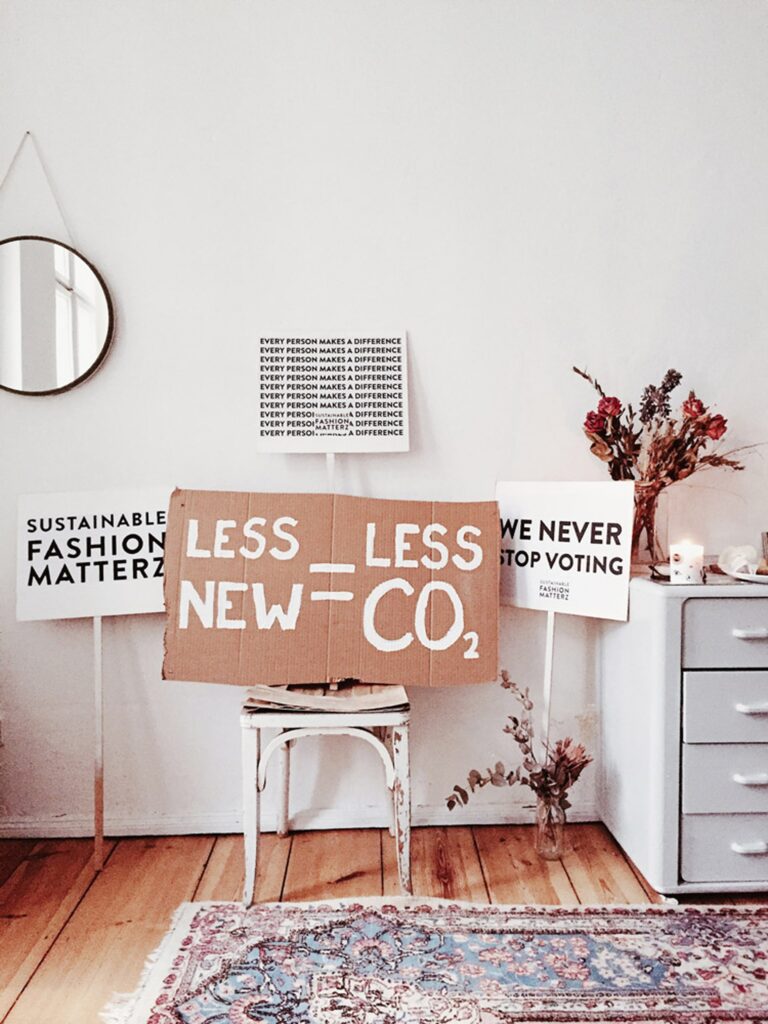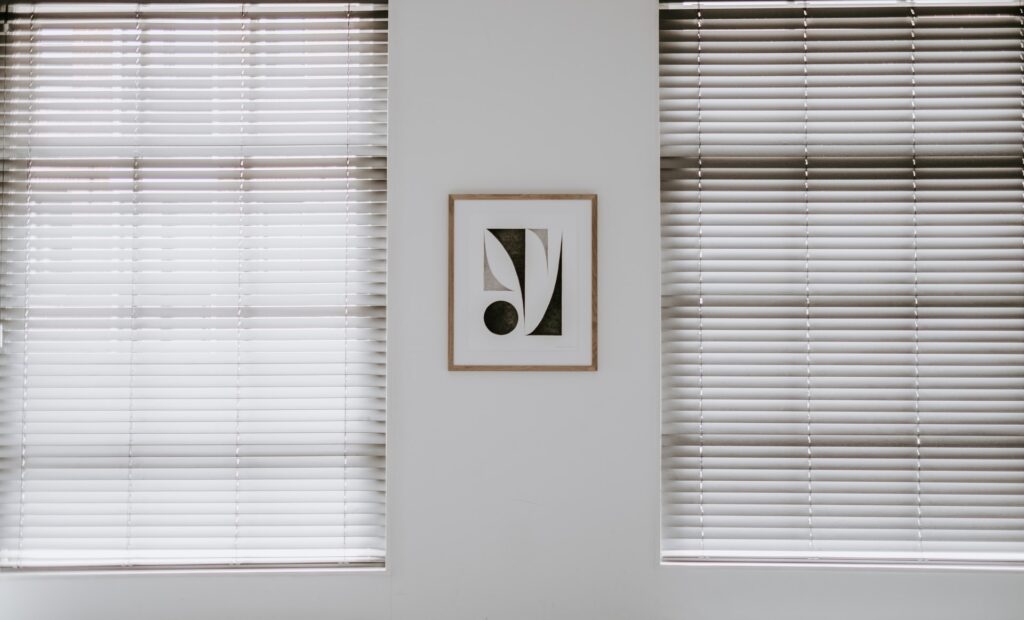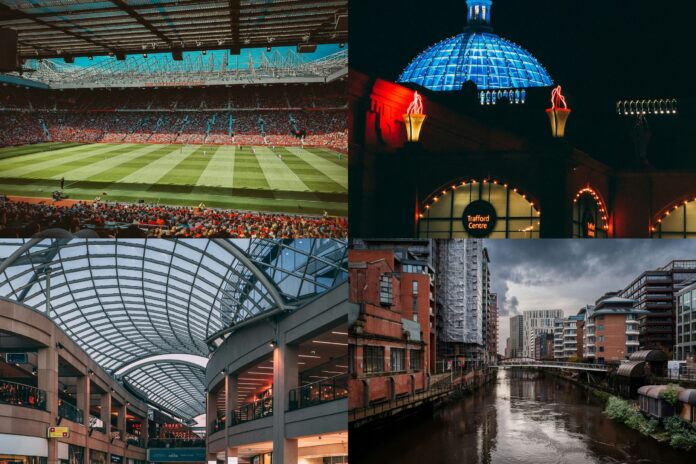
Ideal for creating an environmentally friendly and ethically sound home
We’re all aware by now of the importance of environmental responsibility when it comes to interior design. Indeed, we’d all love to tred a little lighter and leave no trace during our short time on this earth.
Sustainable interior design is all about creating beautiful interiors, but with a focus on people and the planet. Because if the world keeps burning up, there won’t be anywhere hospitable to dwell anyway, right?
Fortunately, when designing your own interiors, you have an immense amount of buying power, and can use that authority to select the precise materials and processes you desire, to be efficient and economical in your output. Anyway, let’s get into it; here are 5 tips for sustainable interior design, IDEAL for creating an environmentally friendly and ethically sound home.
WINDOWS WARMTH
When designing your climate-conscious interiors, energy consumption should be at the forefront of every decision you make. With some clever hacks, not only can you make your home more energy efficient, but when done right you can also add aesthetically pleasing accents to your room.
Since the majority of heat escapes through windows, it’s of course important to ensure that your windows are up to scratch and have proper insulation. With the help of curtains and drapes, you can warm the room and keep the cold air out, saving the necessity of having heating on full blast, 24/7 in the winter months.
Made of thick, heavy materials, thermal curtains can prevent cold air from entering, or hot air escaping from your home. Look for some that have at least two layers and made from triple woven fabric. Be sure to get the right size curtains for your home; too small and short, and they won’t do their job. Curtains, drapes and blinds can also help keep the sun’s heat out, meaning less use of any air conditioning or fans when it gets hot.

CARPET WISE
You can also add comfort and style to your living space with cosy carpets, which retain a huge amount of room heat, too. If you have wooden floors, a well chosen rug can add colour and character to your home and take serious money off your energy bill and output, too. You can even layer up an already carpeted space to further keep the heat in, with an option for stripping it back from summer, if you live somewhere which tends to get stiflingly hot in the warmer months.
We’re fans of natural wood flooring with an attractive rug offering draught protection in winter, bringing warmth in the colder months, but never feeling stuffy when the sun comes out, too – making it ideal for year round comfort.

THE RIGHT COLOURS
When it comes to saving energy on lighting, it’s all about picking colours and believing basic science. Bright colours reflect more light and negate the need for bulbs being on during the day. As such, having lightly coloured walls, as well as reflective surfaces like mirrors, increase the amount of light in a room by bouncing it around. Dark colours and rooms with dark walls need more artificial light, which takes its toll on your energy consumption, your bills and the environment. So, when designing your house or redecorating, consider the colour of the walls in a new, erm, light.
THE RIGHT MATERIALS
Low environmental impact is the buzzword when furnishing a home with sustainability in mind, and it’s vital to incorporate materials into your interior design scheme that have the lowest environmental impact possible. While organic materials are the obvious choice, if these natural resources aren’t available, then prioritise materials which renew and regenerate quickly.
Bamboo is generally agreed to be the most sustainable material used in construction, as it regenerates incredibly quickly, and its lightweight nature means its transportation is less energy intensive than most. Cork also grows quickly, and can be harvested efficiently from trees which then regenerate more via their bark. For insulation, straw bales are superbly sustainable.
Recycled materials have a lower environmental impact, still, so do prioritise recycled plastic and metals where possible. If you are to use wood, make sure it’s sourced from a carefully managed forest and is FSC certified and/or PEFC certified. As the bespoke flooring experts at Arlberry suggest, ‘’both organisations promote the dedicated management of the world’s forests to ensure their ongoing future. Each operates using the three pillars of sustainability: sustainable forest management creates outcomes that are socially just, ecologically sound and economically viable’’.
LONGEVITY & FLEXIBILITY
You also have to think about the lifespan of the material, as well as your home’s design in general, if you’re to ensure minimum environmental impact from your property.
A durable material not prone to damage, erosion or destruction is going to mean your home’s demand for resources is significantly reduced. Some of the most long-lasting materials in construction include wood (again, ensure it’s FSC certified), brick, iron and steel. Should you be able to find these materials in recycled form, it’s a no brainer, right?





